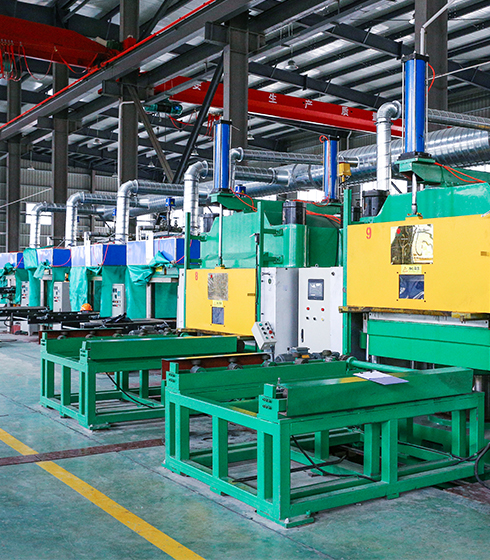
Zhejiang Earthquake Prevention Technology Co., Ltd committed to product research and development, technical consultation, structural analysis and design, production, guide installation and replacement. Professional anti vibration shock absorbers manufacturers and Earthquake shock absorbers for buildings & bridge in China. We have a modern industrial manufacturing production base with a total area of more than 10,800 square meters. The company has more than 50 sets of production equipment. Production capacity: more than 10,000 sets of rubber isolation bearings per year.
The lead rubber bearing has emerged as a significant development in structural engineering, providing enhanced protection for buildings and infrastruc...
Oct 10,2025
Every year Central Asia records more than 3 000 tremors large enough to be felt by humans. From Almaty’s 310-meter Abu Dhabi Plaza to Tashkent’s 201-m...
Oct 03,2025
When an earthquake, typhoon, or even heavy traffic shakes the ground, a building’s enemy is its own stiffness. Rigid structures fight motion with brut...
Sep 26,2025
Every few decades a magnitude-7 shock ripples across the Tien Shan, jolting Almaty, Bishkek and the new Silk Road freight depots that knit Central Asi...
Sep 19,2025
The company has been adhering to the corporate tenet of "quality first, customer first", and sincerely welcomes domestic and foreign customers to visit and guide.
GET A QUOTE
Add: No. 359 Guangming West Road, Sanmen County, Taizhou City, Zhejiang Province, China
International Trade Manager: Madison
Tel/Whatsapp:+86-17857335842
Copyright © Zhejiang Earthquake Prevention Technology Co., Ltd. All Rights Reserved.
